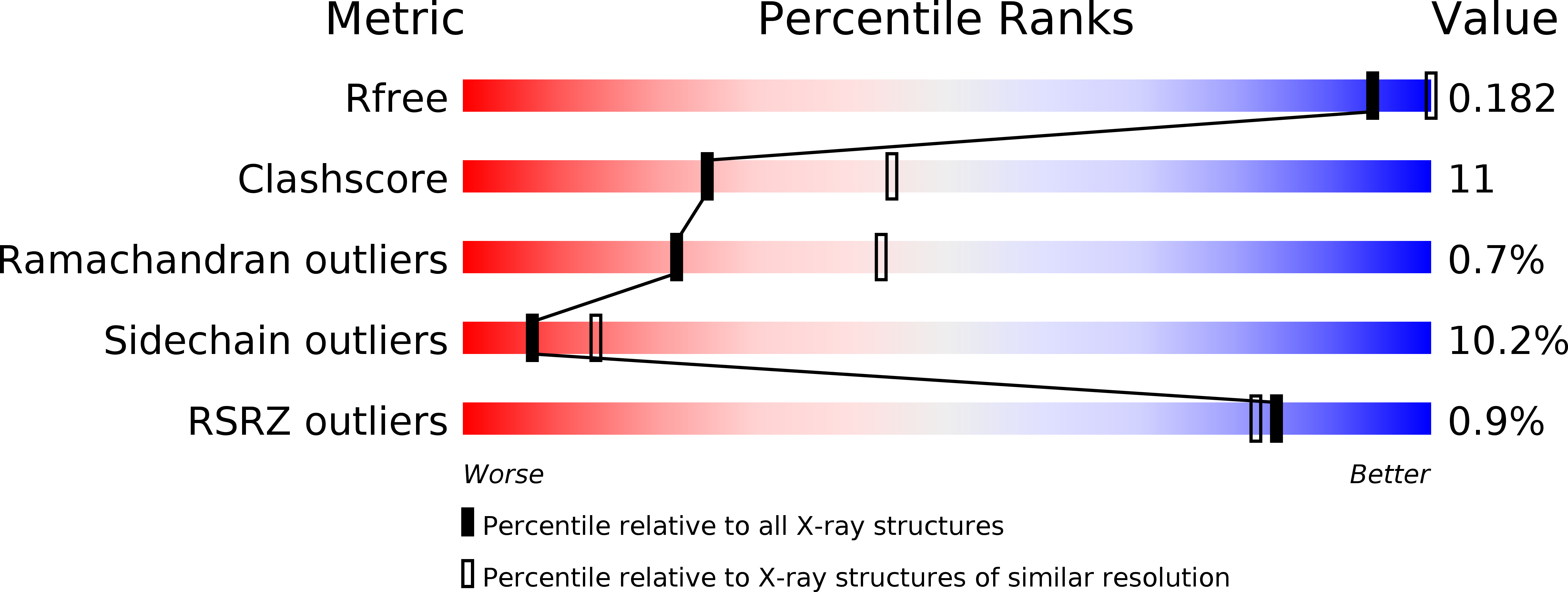
Deposition Date
2014-08-06
Release Date
2014-08-20
Last Version Date
2024-05-08
Entry Detail
Biological Source:
Source Organism:
ZYGOSACCHAROMYCES ROUXII (Taxon ID: 4956)
Host Organism:
Method Details:
Experimental Method:
Resolution:
2.60 Å
R-Value Free:
0.24
R-Value Work:
0.18
R-Value Observed:
0.19
Space Group:
P 21 21 21


